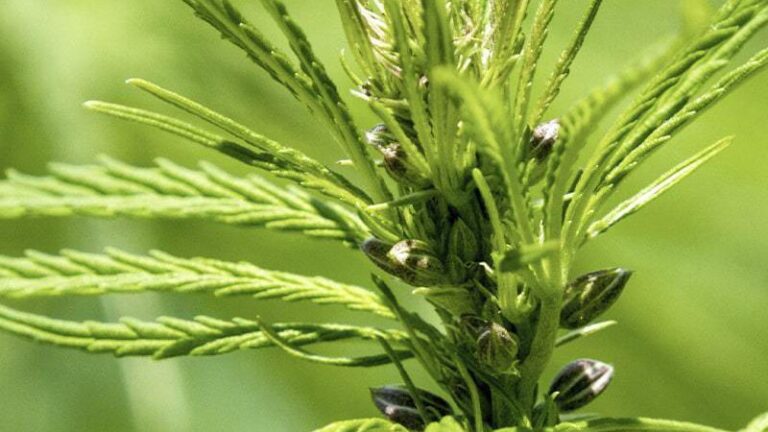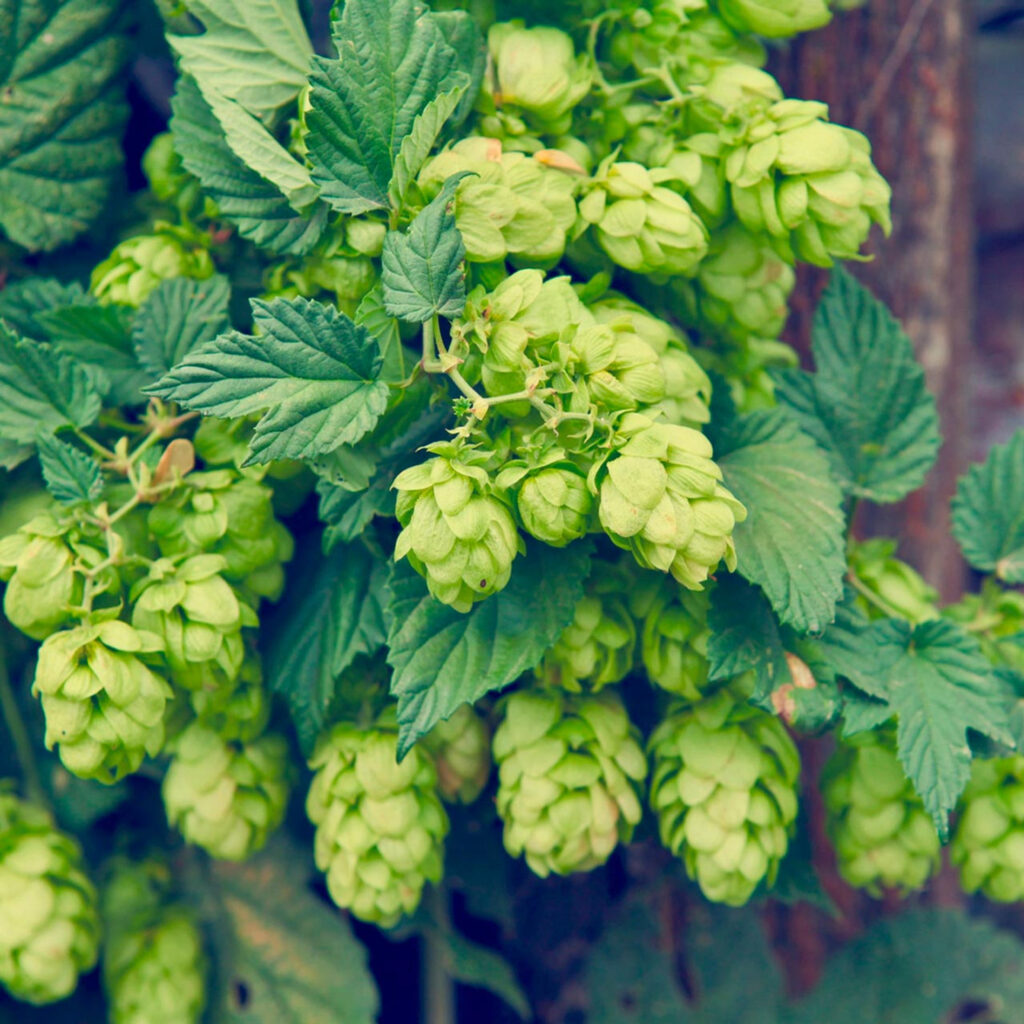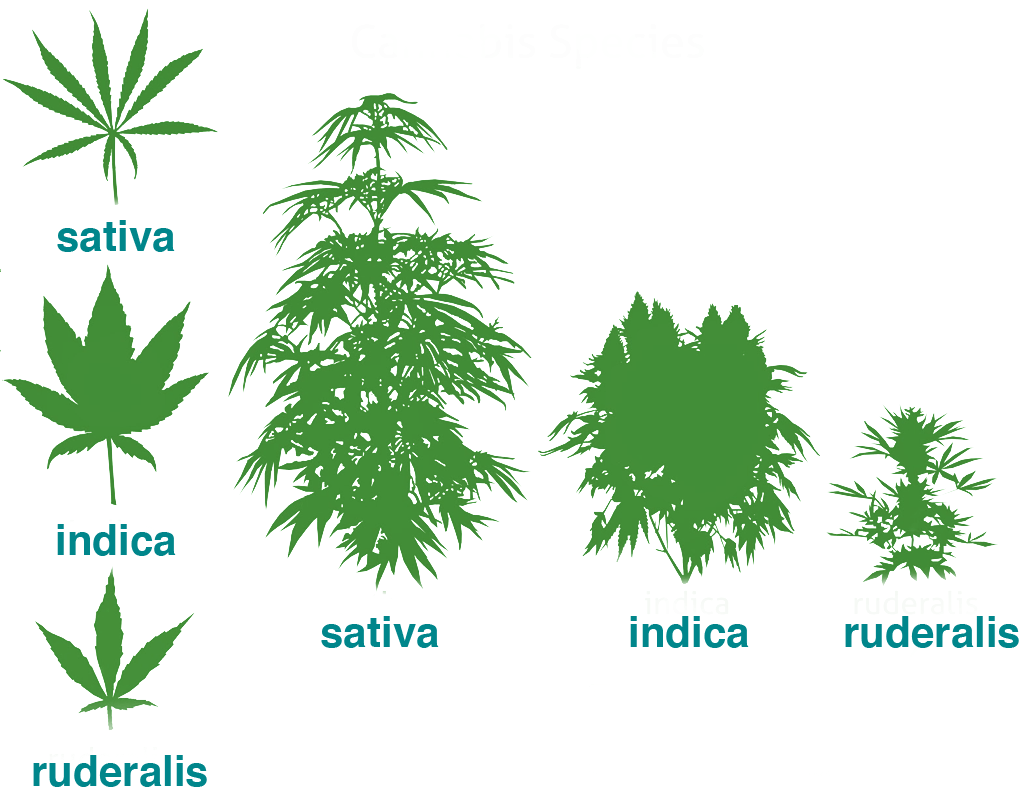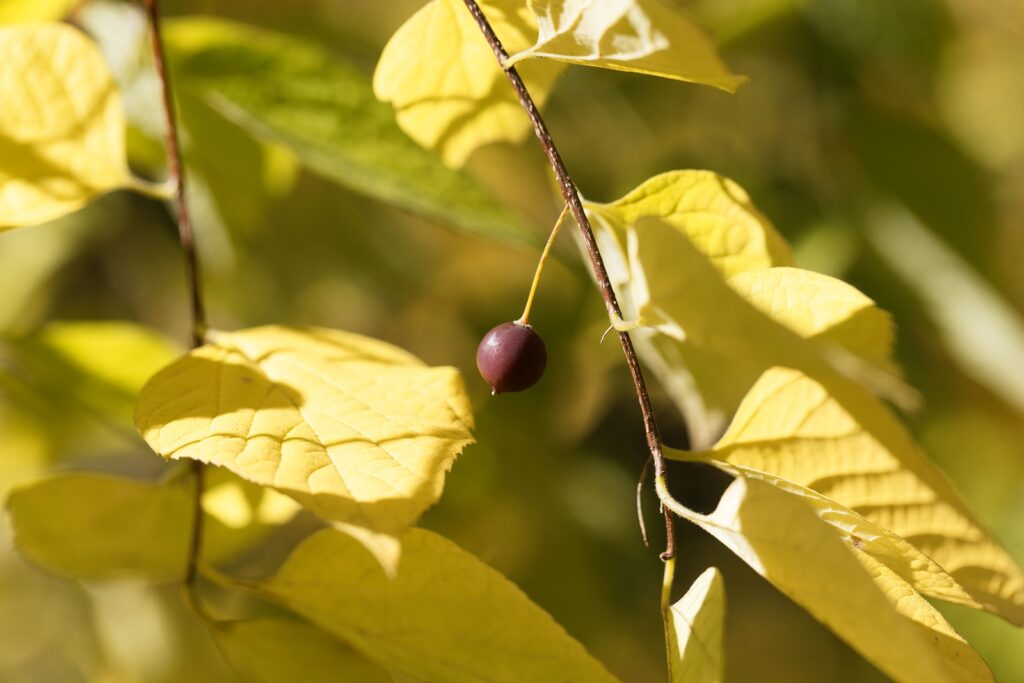
The Controversial Cannabis Family: Unraveling Its Genera, Species, and Cultural Impact
The Cannabaceae family, often called the cannabis family, is a fascinating group of plants that includes Cannabis, known for its psychoactive and industrial uses, as well as other genera like Humulus (hops) and Celtis (hackberries). This family has played a significant role in human history, from ancient rituals to modern industries. Below, we explore the taxonomy, characteristics, and cultural significance of Cannabaceae plants, focusing on the genus Cannabis, its species, and the versatile hemp family plants.
Introduction to the Cannabaceae Family
The Cannabaceae family, part of the Rosales order, comprises about 170 species across 11 genera, thriving primarily in temperate regions of the Northern Hemisphere. These plants range from towering trees to climbing herbs, showcasing remarkable diversity. Known for their palmately lobed or compound leaves, Cannabaceae plants often feature stipules and cystoliths—crystal-containing structures in their leaves. Most are dioecious, with separate male and female plants, and their small, petal-less flowers rely on wind pollination.

The family’s economic and cultural importance is undeniable, with Cannabis and Humulus being key players in agriculture, medicine, and brewing. Originating in East Asia during the Late Cretaceous period, Cannabaceae plants have spread globally, leaving a lasting impact on human civilization.
Taxonomy and Classification
The classification of the Cannabaceae family has evolved significantly. Once grouped under the Urticales order, molecular studies since the 1990s have placed it within Rosales, alongside families like Moraceae (mulberries). The family now includes genera previously classified under Celtidaceae, such as Celtis, which boasts around 100 species.

Key genera in the Cannabaceae family include:
- Cannabis: Known for hemp and marijuana, with debated species classification.
- Humulus: Includes hops, vital to the brewing industry.
- Celtis: Hackberries, used in landscaping and as wildlife food sources.
- Other genera: Aphananthe, Gironniera, Lozanella, Parasponia, Pteroceltis, and Trema.
The genus Cannabis is particularly controversial due to ongoing debates about its species. Some botanists recognize three species—Cannabis sativa, Cannabis indica, and Cannabis ruderalis—while others classify them as subspecies or varieties of Cannabis sativa. This complexity stems from their morphological similarities and hybridization capabilities.
The Genus Cannabis
Cannabis plants are annual, dioecious herbs that can grow several meters tall. Their palmately compound leaves, typically with five to seven serrated leaflets, are iconic. The plants produce small, greenish flowers, with males releasing pollen and females developing seed-filled fruits called achenes.
A hallmark of Cannabis is its production of cannabinoids, such as tetrahydrocannabinol (THC), which causes psychoactive effects, and cannabidiol (CBD), valued for its therapeutic potential. These compounds are secreted by glandular trichomes on the flowers and bracts.
Species and Varieties
The classification of Cannabis species is a subject of ongoing research:
- Cannabis sativa: Tall with narrow leaves, often used for hemp due to its low THC content. It’s prized for fiber, seeds, and oil.
- Cannabis indica: Shorter and bushier with broader leaves, typically higher in THC, making it popular for medicinal and recreational use.
- Cannabis ruderalis: Auto-flowering with low THC, often used in breeding for its resilience in harsh climates.

Strains like Kush, often derived from Cannabis indica, are renowned for their potent effects and earthy or fruity aromas. Originating from the Hindu Kush mountains, these strains highlight the diversity within the cannabis family genus species.
Hemp: A Versatile Variety
Hemp, a variety of Cannabis sativa with less than 0.3% THC, is non-psychoactive and cultivated for industrial purposes. Its strong fibers are used in textiles, paper, bioplastics, and construction materials, while its seeds provide protein-rich food and oil for cosmetics and biofuels. Hemp’s sustainability and versatility make it a cornerstone of the hemp family plants, distinguishing it from marijuana, which is bred for high THC content.
Other Members of Cannabaceae
Beyond Cannabis, the Cannabaceae family includes economically and ecologically significant genera:

- Humulus lupulus (hops): A perennial climbing herb, hops are essential in brewing, adding bitterness, flavor, and aroma to beer. They also have sedative properties used in traditional medicine.
- Celtis (hackberries): These trees and shrubs provide food for wildlife and are used in landscaping and timber production.
- Other genera, like Pteroceltis, contribute to niche industries, such as high-end paper production in China.
History and Cultural Significance
The history of Cannabis spans over 12,000 years, with evidence of its cultivation in ancient China for fiber and medicine. It spread along trade routes, becoming integral to cultures worldwide. In ancient India, cannabis was used in religious ceremonies, as noted in the Vedas. In the Middle East, it was processed into hashish. Archaeological finds, like a 2,700-year-old grave in China containing 789 grams of cannabis, highlight its ancient use.
Today, Cannabis remains controversial due to its psychoactive properties, with varying legal statuses globally. However, its medicinal potential—for treating chronic pain, epilepsy, and chemotherapy side effects—is increasingly recognized. Hops, meanwhile, continue to shape the global brewing industry, while hackberries support ecological balance.
Conclusion
The Cannabaceae family is a remarkable group of plants with profound economic, cultural, and ecological impacts. From the versatile hemp to the debated Cannabis species and the brewing staple hops, this family showcases botanical diversity. As research continues, the cannabis family will likely reveal new applications, cementing its place in both history and the future.
| Aspect | Details |
|---|---|
| Family | Cannabaceae, part of Rosales, with ~170 species across 11 genera. |
| Key Genera | Cannabis, Humulus, Celtis, Aphananthe, Gironniera, Lozanella, others. |
| Cannabis Species | Disputed: C. sativa, C. indica, C. ruderalis; or subspecies of C. sativa. |
| Hemp | C. sativa variety with <0.3% THC, used for fiber, seeds, oil. |
| Hops (Humulus) | Used in brewing for flavor, aroma, preservation; sedative properties. |
| Celtis | Hackberries, used for wildlife food, landscaping, timber. |
| Origin | East Asia, Late Cretaceous (~94–90 million years ago). |
| Cultural Use | Cannabis used for 12,000+ years in fiber, medicine, rituals. |


